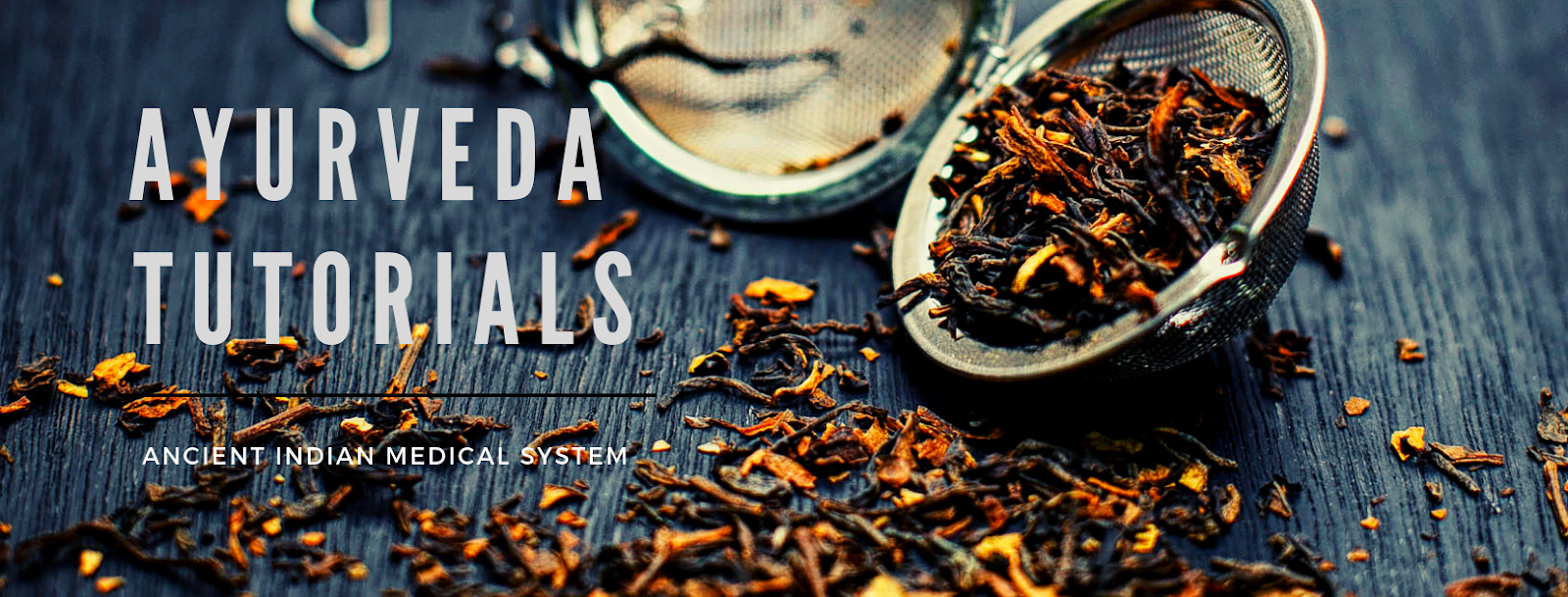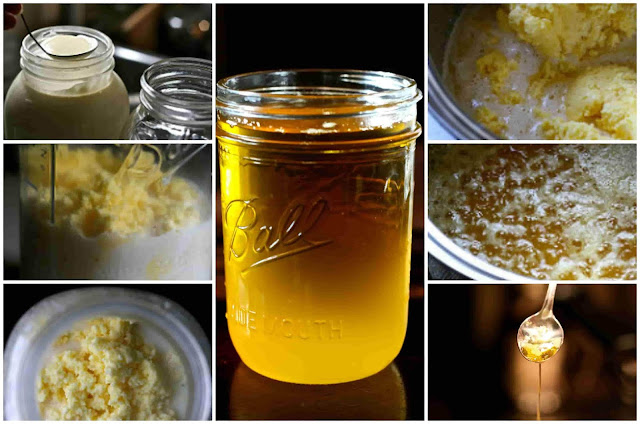 |
| Photo by Chiot's Run |
In
the western distorted version of Ayurveda ghee is made by melting
down the store bought butter sticks. That is not real ghee, it is
only clarified butter. Real ghee is made from cultured butter and
cultured butter is made from yogurt. When it isn't cultured, it
doesn't have any medicinal properties.
Health Benefits Of Ghee
Ghee is the most powerful ojas producing food. It increases agni, but it doesn't aggravate Pitta dosha. It is ideal for patients with Vata and Pitta constitution and Vata/Pitta disorders. It improves digestion and it makes the voice melodious. Ghee also strengthens memory, intelligence, decision making, Rasa dhatu (lymph) and Shukra dhatu (reproductive tissues) and increases your lifespan. It is very beneficial for pregnant women, children and old or weak people.
Apply
the ghee in navel if you have GIT disorders or heavy menstrual flow.
You can also use ghee for skin care or to treat skin conditions like
rashes, wounds, ulcers etc. In Ayurvedic treatments ghee is used
externally for massage, and internally as part of Panchakarma (5
methods of purification) for dissolving ama or toxins.
For
cooking purposes use ghee as any other cooking oil, butter or fat. It
doesn't burn unless heated above 500°F.
Ghee
stored for 10 years in air tight container made of steel, iron or mud
is called Purana Ghrita. It has strong therapeutic qualities. It is
used for neurological and psychological disorders like epilepsy,
schizophrenia and insanity. Ancient Ayurvedic texts state that if the
ghee is stored for 100 years it can cure any type of disease.
 |
| Photo by Chiot's Run |
You
can safely eat up to 5 g of ghee mixed with food daily. Excess intake
of ghee can cause indigestion, diarrhea and weight gain. Obese people
can take up to 3 g of ghee daily for medicinal purposes and avoid it
for cooking purposes. This dose will not increase cholesterol.
You
can also consume half to one teaspoon of ghee with a glass of hot
water every morning on empty stomach.
How To Make Traditional Ghee | Step- by-step tutorial:
1. Get
the raw cow's milk, boil it to eliminate bacteria and let it cool
down.
Ghee can also be produced from the milk of other animals but
cow's milk is always superior. To find out why click here. When you are making ghee you are
concentrating the quality of the milk you started with. Do not use
frozen or store bought milk. Milk of cows that are poorly fed will
give an effect on the color of ghee. Pale yellow or nearly
white color indicates lower quality ghee.
2. Add
the curd to milk (½ tbsp curd per liter of milk). Leave it
overnight. The next morning it will be a complete curd.
3. Put
it in churning machine. The fat globules will begin to stick to each
other and form butter. What is left over is buttermilk. Traditionally curd is churned on a full
moon day.
4. Add a little cold water and butter will become more solid. Separate the butter from the buttermilk. Buttermilk also has amazing healing qualities are explained here.
5. Heat
butter in stainless steel pot. The butter is cooked over a slow fire
until all impurities are separated out. Let the butter melt until it
begins to foam up.
6. Take a large spoon and a bowl and skim the foam
off into the bowl. Keep skimming every few minutes until the ghee is
an amber color and the crackling sound has almost stopped. That means
the water has evaporated. Never stir the pot or cover the pot while
cooking ghee. At this point all traces of lactose, casein, proteins
and carbohydrates are removed. Ghee should not have burned or nutty
smell or taste.
7. After
cooling transfer the ghee to glass jar.
Filter
it through coffee filter or cheesecloth to catch any impurities and
obtain the pure ghee. Leave the slightly burned milk solids
(caramelized lactose) on the bottom of the pot you cooked it in.
When
ghee cools completely you can close the glass jar.
Ghee
should not be refrigerated. If all the water evaporated during
cooking, ghee will not go bad. Always use a clean and dry spoon to
take your ghee out of its jar. This ghee has all healing properties
that are mentioned in the Vedic scriptures and you will get all the
benefits that you are supposed to get.
Best
way to ensure good quality ghee is to make it yourself.
Ghee
is also used in oil lamps in temples and prayer rooms all over the
India. The light of burning ghee is said to ward off negativity and
evil influence.
 |
| Photo by Nitin Pai |
Author: Ayurveda Tutorials


This is really interesting! Throughout my younger years, I had seen my mom making Ghee from the fat that gets separated from the milk after the pasteurization process. Did not know that the right method is to curdle it and then make the Ghee.
ReplyDelete